Eight Essential Books to Learn Jazz Piano
January 23, 2021 at 6:59 pm | Posted in Uncategorized | Leave a comment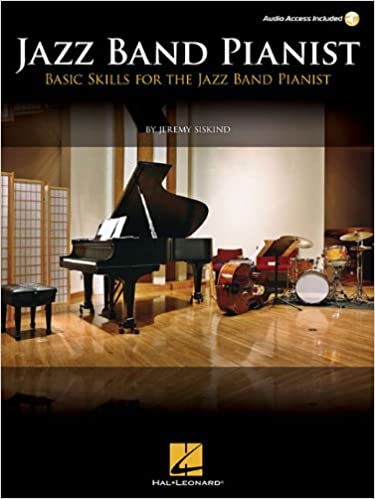
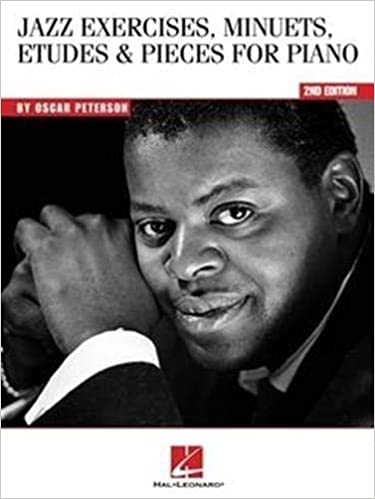
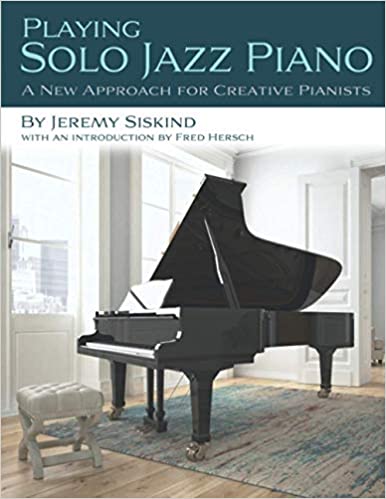
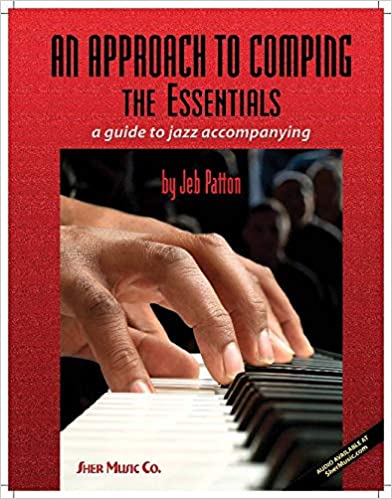
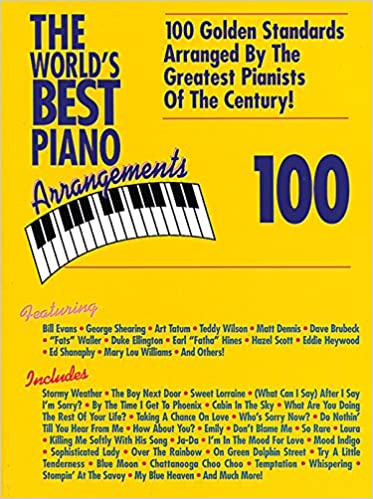
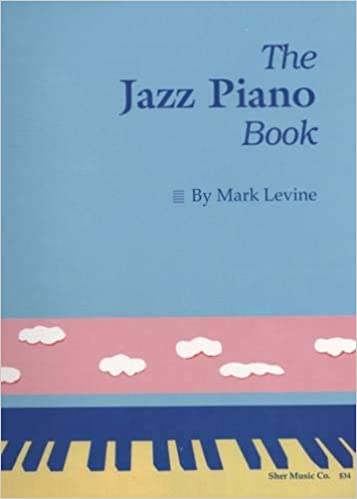
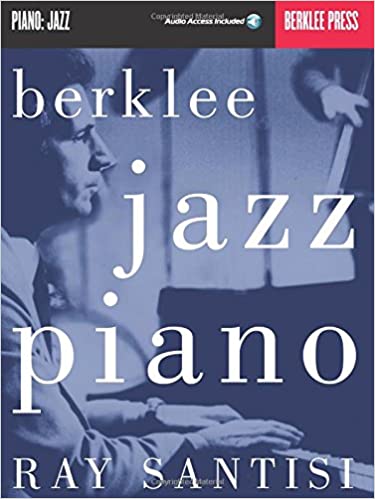

As a long-time reviewer for The Piano Magazine and a college professor for ten years, I’ve gotten to know a lot of jazz piano books – good, bad, and ugly. Here are the ones that I think are well-written, useful, and engage deeply with the jazz tradition. [full disclosure – two books on this list are my own]
- Jazz Exercises, Minuets, Etudes, and Pieces for Piano by Oscar Peterson. Buy on Amazon.
Few jazz legends ever published their own books, much less their own instructional books. Although the book doesn’t include a lot of specific guidance from Mr. Peterson in these pages, Peterson’s series of progressive pieces really do sound like the real thing. If you are open to it and a savvy learner, you’ll learn all about playing basslines, creating bebop melodies, and including swing accents. Beware – as you get towards the end of the book, the pieces get pretty virtuosic. - Playing Solo Jazz Piano by Jeremy Siskind. Buy from website / Buy on Amazon.
This book covers every aspect of playing solo jazz piano from stride to modern techniques. Even better, each chapter includes frequent musical examples as well as references to great pianists and recordings where the devices can be heard. It’s not for beginners, but for an experienced pianist who wants to be introduced to the richness of solo playing, this is clearly the place to turn. Bonus points for an introduction by Fred Hersch, one of the greatest solo pianists to ever live. - Berklee Jazz Piano by Ray Santisi. Buy on Amazon.
I always recommend this book as a recommended supplemental resource for my courses. It’s a little bit “random” in terms of what it includes – it won’t guide you progressively from one skill to the next – but what it includes is valuable, well-written and clear. There are really great hands-on tips and exercises here for basic skills likecomping, voicings, bass lines, and more advanced concepts like displacement, develop ing motives, and even writing complex counterpoint. - Dick Hyman’s Century of Jazz Piano – Transcribed! by Dick Hyman. Buy on Amazon.
It’s always struck me as odd to describe a book as “generous,” but that’s the word that comes to mind to describe Dick Hyman’s book. Hyman is one of the world’s leading experts in “stylized” jazz piano, particularly boogie woogie, stride, and virtuosic ballads. This book includes brief transcriptions from what Hyman considers essential recordings along with commentary from the author, placing the passage in historical context. There’s also an option to buy an accompanying album and DVD set. This is perfect for the jazz nerd who wants to delve into some stylistic nuances just a little bit deeper. - The Jazz Piano Book by Mark Levine. Buy on Amazon.
This one is the “classic” in the field. It covers a really wide range of jazz piano styles and techniques and has a nice list of recordings at the end. I always tell students that this is a great book to use along with a teacher. The explanations for each concept are pretty short and need a lot of practice and nuance added if you’re actually going to master the techniques. You can use it as a map for your jazz piano study, but make sure to have some guidance from a reputable source as well. - Jazz Band Pianist by Jeremy Siskind. Buy on Amazon.
Where to start with jazz piano? I usually prioritize learning about chords and voicings so that they can immediately start playing in a band. Jazz Band Pianist is a step-by-step method that guides pianists progressively from major triads to complex voicings and jazz chords. The most innovative part of the book is that pieces are presented with both “realized” version and “unrealized” versions, meaning a pianist can practice a piece with the notes written (to achieve muscle memory) and then turn the page and play the same piece with just the chord symbols (to form strong mental associations). Jazz Band Pianist is perfect for a high schooler looking to play in their school’s jazz band. - An Approach to Comping: The Essentials by Jeb Patton. Buy on Amazon.
Excellent pianist Jeb Patton did an intense deep dive into the art of accompanying with this enormous book (272 pages!) which includes two CDs of Patton demonstrating the concepts. With endorsements from important artists and lots of references to canonical recordings, this book is the real deal if you want to get into comping at a deep level. - World’s Best Piano Arrangements by Various Artists. Buy on Amazon.
Yes, this book looks and sounds cheesy, but if you’re looking for a big collection of very good jazz piano arrangements, I think it’s hard to beat. The arrangements range from intermediate to very advanced levels, but there’s something for nearly everyone here. Arrangements are by the “real-deal” pianists like “Fats” Waller, Teddy Wilson, Art Tatum, Hazel Scott, Earl Hines, Duke Ellington, and many more.
Leave a Comment »
Blog at WordPress.com.
Entries and comments feeds.
Leave a comment